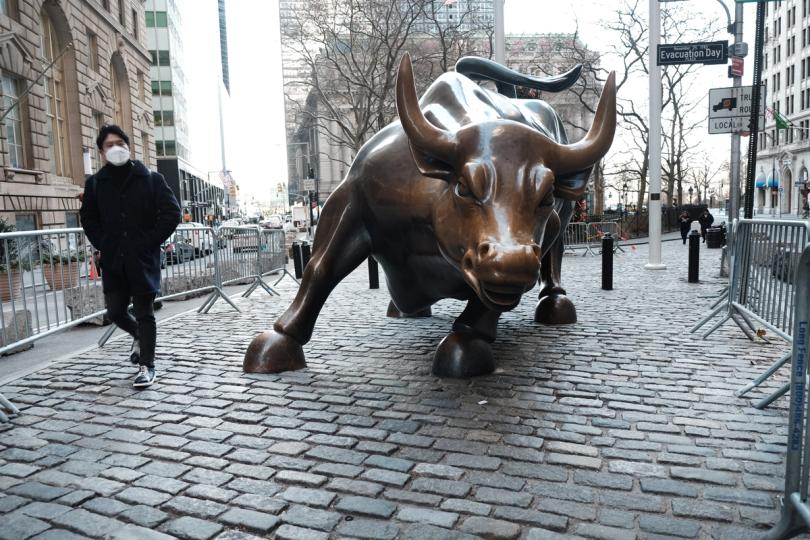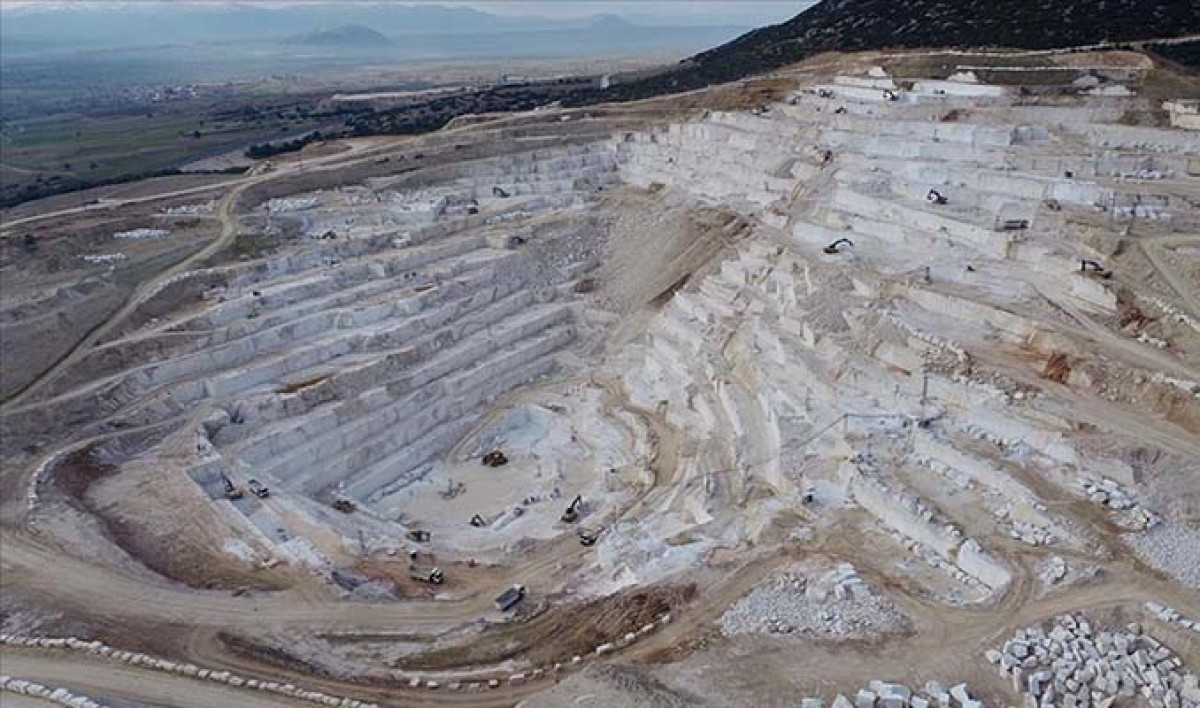Low interest rate emphasis from Fed officials, interest rate cut and recession warning from institutions

Investing.com - Bank of New York President John Williams said that long-term trends in the global economy have not changed and therefore the period of permanently low key interest rates has not yet ended. According to a speech prepared for a conference in Mexico, Williams stressed that the R-Star indicator, which points to the interest rate that has a neutral effect on the economy, is still at pre-pandemic levels.
While Williams did not give a direct assessment of the outlook for monetary policy in his speech, he noted that the demographic structures driving down interest rates and slowdowns in productivity growth remained unchanged. Williams noted that the growth rate-adjusted R-Star for the U.S., the Eurozone, the United Kingdom and Canada is around 0.5%, noting that the period of low R-Star is not even close to ending.
Morgan Stanley: “The Fed may cut interest rates in September and December this year”
Global investment bank Morgan Stanley (MS) expects the US Federal Reserve (Fed) to cut interest rates twice this year. The bank, which had previously predicted that the Fed would not make any policy changes this year, predicted a 25 basis point rate cut in September and December in its current projection.
Morgan Stanley also expects a more aggressive rate cut process for 2025. The Bank expects four cuts of 25 basis points in March, June, September and December next year, with the final interest rate target range shaping up to between 2.75% and 3%.
UBS: “Fed may cut interest rates starting in September 2026"
UBS Wealth Management said that, in the context of current economic conditions, the US Federal Reserve is likely to start cutting interest rates from September. Unless there is a strong jobs report or an unexpected rise in inflation, the Bank anticipates that Fed Chair Jerome Powell will take a step toward a rate cut at the FOMC meeting in September.
According to UBS's expectation, the interest rate cut will not be limited to this year alone. The bank expects four 25 basis point interest rate cuts starting in September 2024 through January 2026. UBS also said it expects world stock markets to rise in the next 6 to 12 months, supported by the Fed's rate cuts and strong corporate investment.
Barclays: “The risk of a recession in the US under Trump is 50%”
The latest assessment released by Barclays (BARC) pointed out the possibility of the US economy entering a recession during the presidency of Donald Trump. According to the bank's forecasts, a slowdown in the labor market could increase the probability of a recession in the United States by 33 to 39 percent by mid-2026. This rate could reach 50 to 56% by mid-2027.
Jonathan Millar, senior U.S. economist at Barclays, said in an analysis note to clients that the underlying pace of growth in the United States showed a fragile build against recession. Millar also stressed that the increased risk of recession also reinforces the possibility that the Fed will move to cut interest rates soon.
Estimates of recession risk rise on Wall Street
Other financial institutions, apart from Barclays, also point out the risk of the US economy falling into recession. Moody's Analytics put the probability of a recession in the United States at 33.2% in March. However, with the latest data, this figure has increased to 48.6%. If two consecutive quarters of growth data are negative, the definition of a recession is considered complete.
JPMorgan (JPM) also issued a similar warning in its June outlook report. Bank analysts put the probability that the US economy will be at risk of recession in the second half of 2024 as 40%. Economist Millar, on the other hand, noted that with the Trump administration, economic growth has slowed and unemployment has reached higher levels compared to the beginning of the year.
⚖️ Yasal Uyarı:Bu içerik yatırım tavsiyesi niteliği taşımaz. Yatırımlarınızla ilgili kararlarınızı kendi araştırmalarınız ve risk profilinize göre almanız önerilir.
Low from Fed officials



















.png)